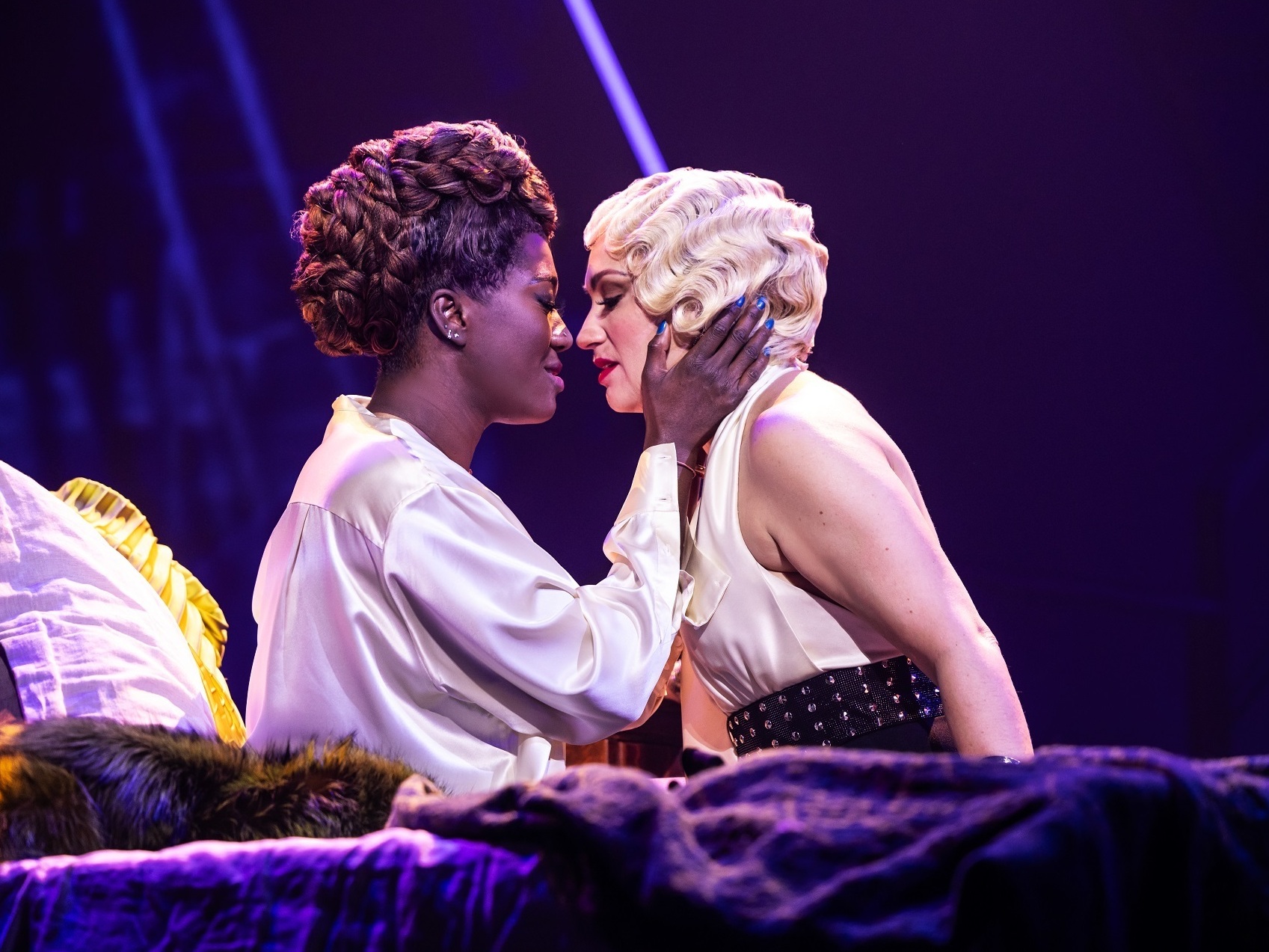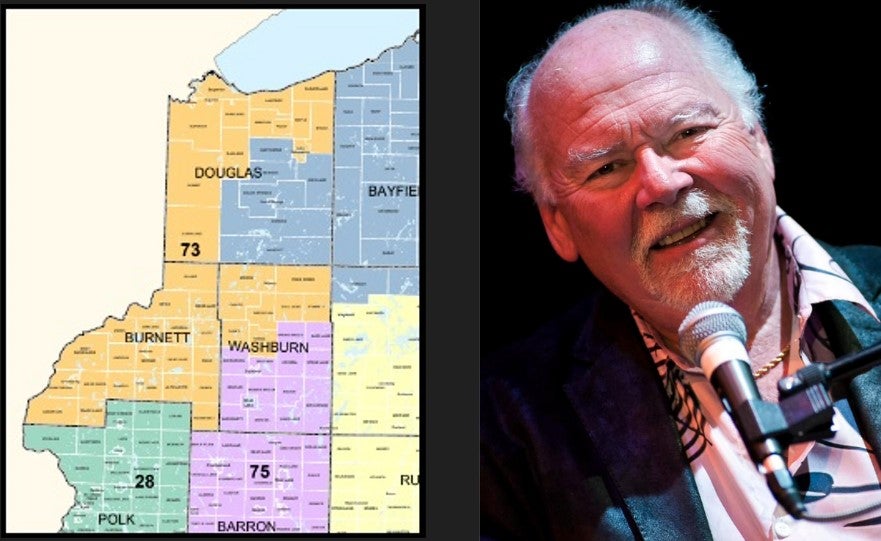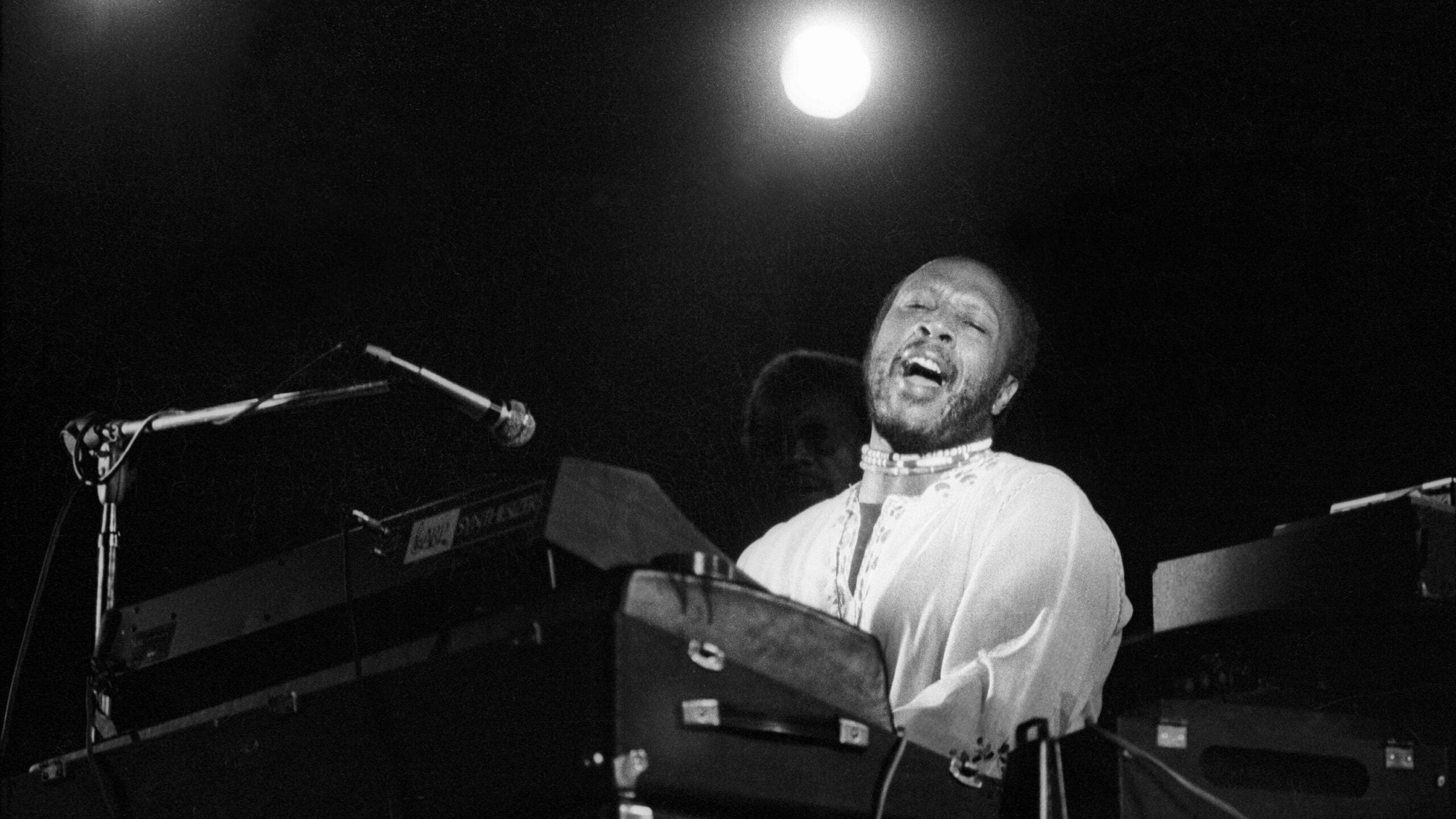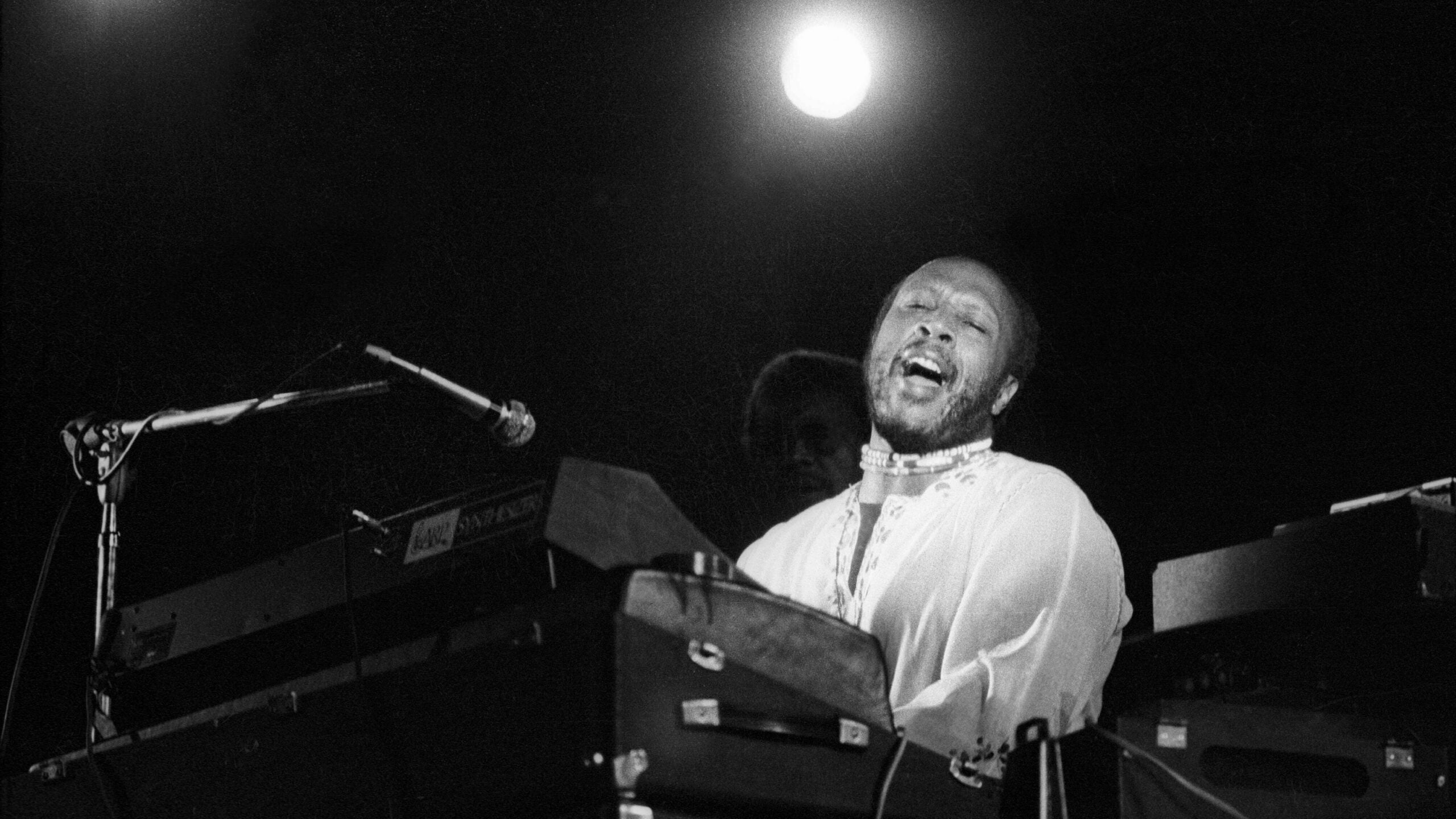Emmanuel Chabrier wrote some of the 19th century’s most colorful music. Intentionally or not, he was also one of the century’s most colorful performers.
The composer’s friend, Alfred Bruneau described him this way:
He played the piano as nobody had ever played it before or ever will play it. The sight of Chabrier in a drawing-room full of elegantly-dressed women, approaching the delicate instrument and then playing his “Espana” in a flash of broken strings, hammers reduced to pulp and shattered keys, was indescribably amusing, and a spectacle of genuinely epic splendor.
Stay informed on the latest news
Sign up for WPR’s email newsletter.
Another friend of Chabrier’s was painter Auguste Renoir. Renoir’s wife, Alice Charigot was an amateur pianist and left this impression of Chabrier’s piano playing:
One day Chabrier came and played his “Espana” for me. It sounded as if a hurricane had been turned loose. He pounded the keyboard relentlessly. While he was playing I chanced to look into the street. It was full of people and they were listening, enthralled. When Chabrier reached the last thundering chords, I vowed to myself that I would never touch the piano again. As for Chabrier, he had knocked the piano out of action.
At a Paris club, Chabrier was well known for his ability to improvise. Someone would show him a newspaper account of a crime or accident and Chabrier would start to sing it out at the piano, creating an atmosphere of suspense and terror, complete with the pursuit, apprehension, and punishment of the criminal.
Once when Chabrier’s playing had drawn a streetside audience beneath his open window, someone declared, “if I were your landlord, I would be so proud that I would offer you your rooms rent-free.”
Emmanuel Chabrier, who had more to give than the piano could take, won with his playing the affection of friends and strangers alike
Wisconsin Public Radio, © Copyright 2024, Board of Regents of the University of Wisconsin System and Wisconsin Educational Communications Board.






